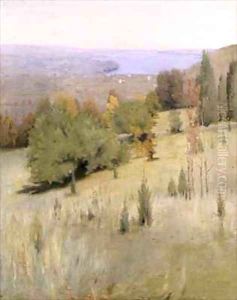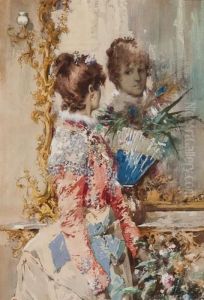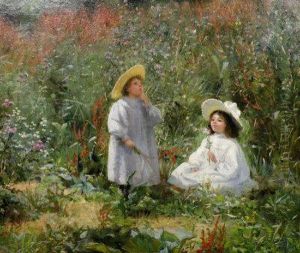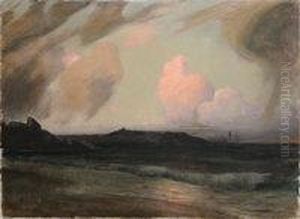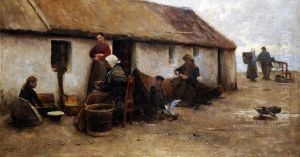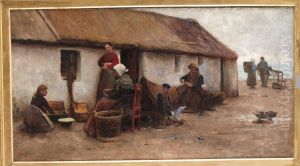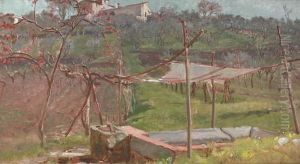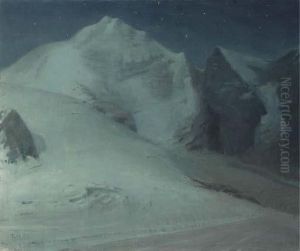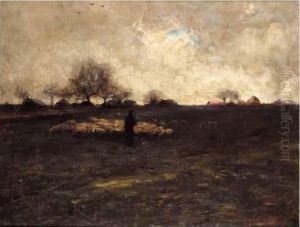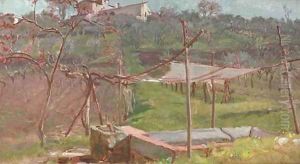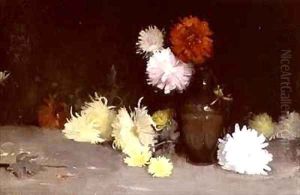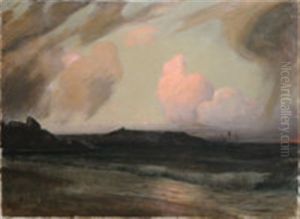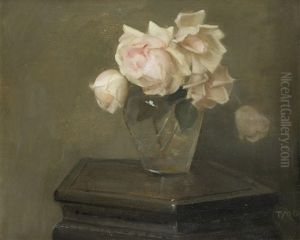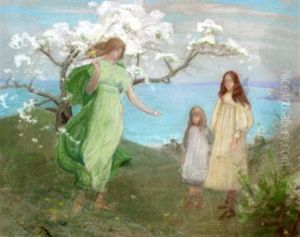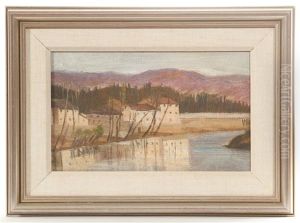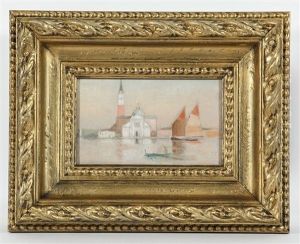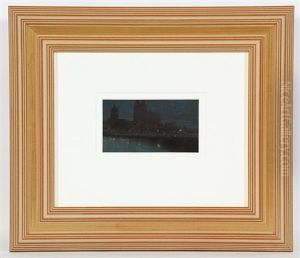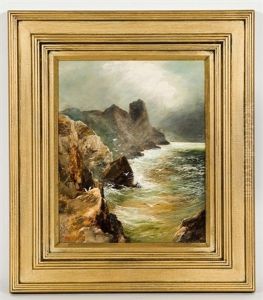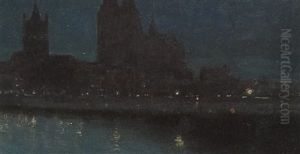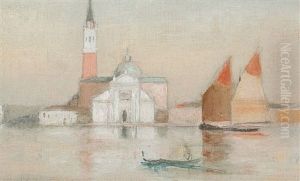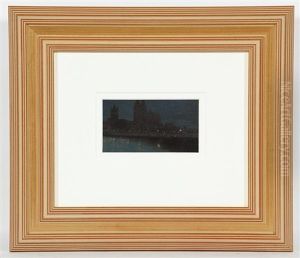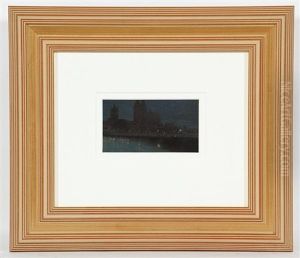Thomas Millie Dow Paintings
Thomas Millie Dow was a prominent Scottish artist known for his contribution to the art world in the late 19th and early 20th centuries. Born in Dysart, Fife, Scotland, Dow developed an early interest in art, which was nurtured through his education and travels. He initially trained as an architect before turning his full attention to painting, a move that would define his career.
Dow's artistic journey took him across Europe, where he was particularly influenced by the Barbizon school in France and the works of Jules Bastien-Lepage. These experiences shaped his style, which came to be characterized by a blend of realism and impressionism. He was adept in both oil and watercolor mediums, often capturing the subtle nuances of light and atmosphere in his landscapes and rural scenes.
In 1880, Dow settled in Edinburgh, where he became an integral part of the Scottish art scene. He was associated with the Glasgow Boys, a group of artists who sought to challenge the academic standards of the time by introducing new techniques and subjects inspired by realism and naturalism. Although not an official member, Dow's work shared the same innovative spirit and emphasis on everyday life.
Throughout his career, Dow exhibited widely, both in Scotland and abroad. His works were showcased in prestigious venues such as the Royal Scottish Academy, the Royal Glasgow Institute of the Fine Arts, and the Paris Salon, earning him critical acclaim and a respectable following. Beyond painting, he engaged in the arts community, contributing to the development of local art societies and mentoring young artists.
Dow's legacy is preserved through his contributions to Scottish art, especially in his ability to capture the essence of Scotland's rural landscapes and the simple beauty of its everyday scenes. Despite facing health challenges in his later years, he continued to paint until his death in 1919, leaving behind a body of work that continues to be celebrated for its sensitivity, technique, and artistic vision.
